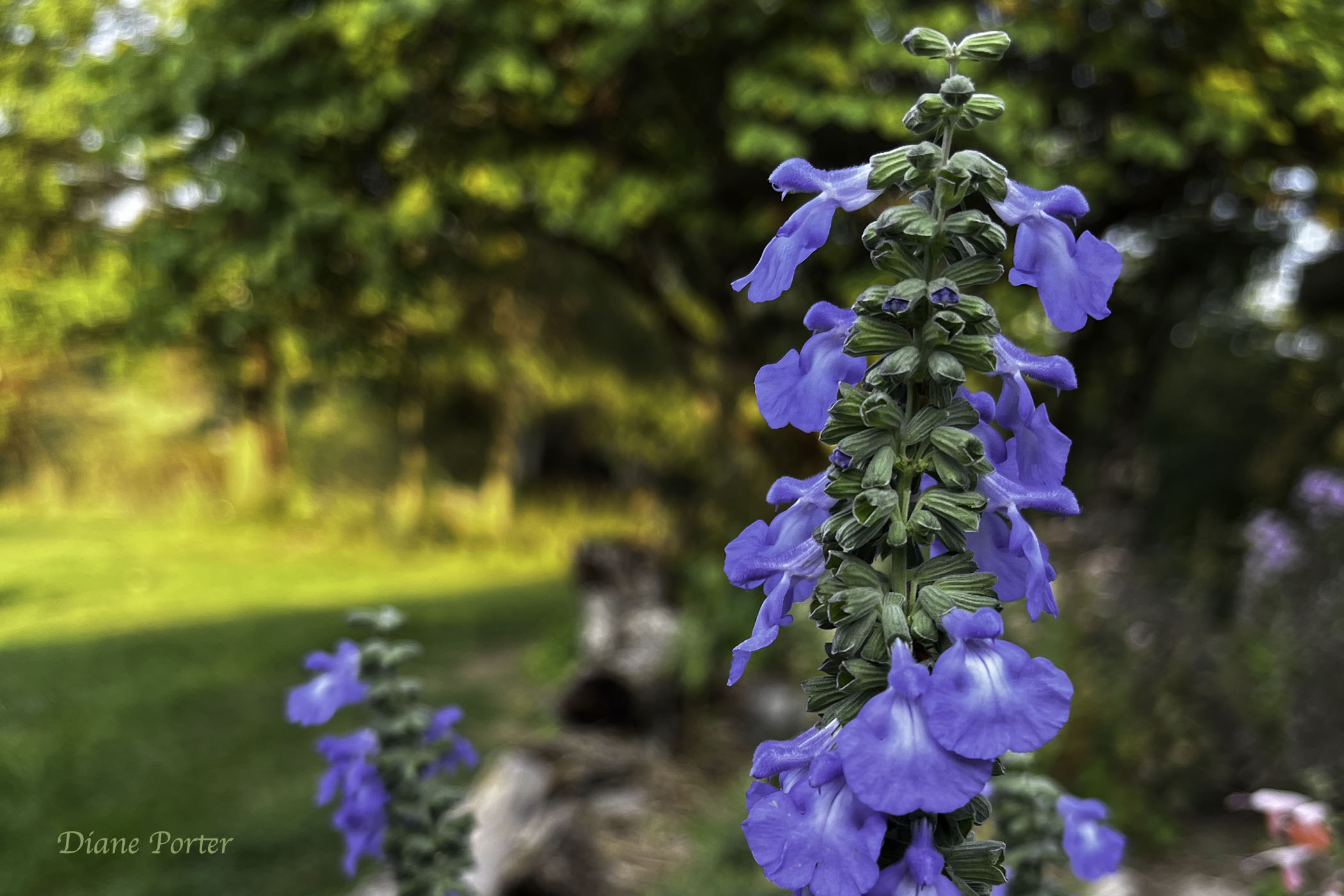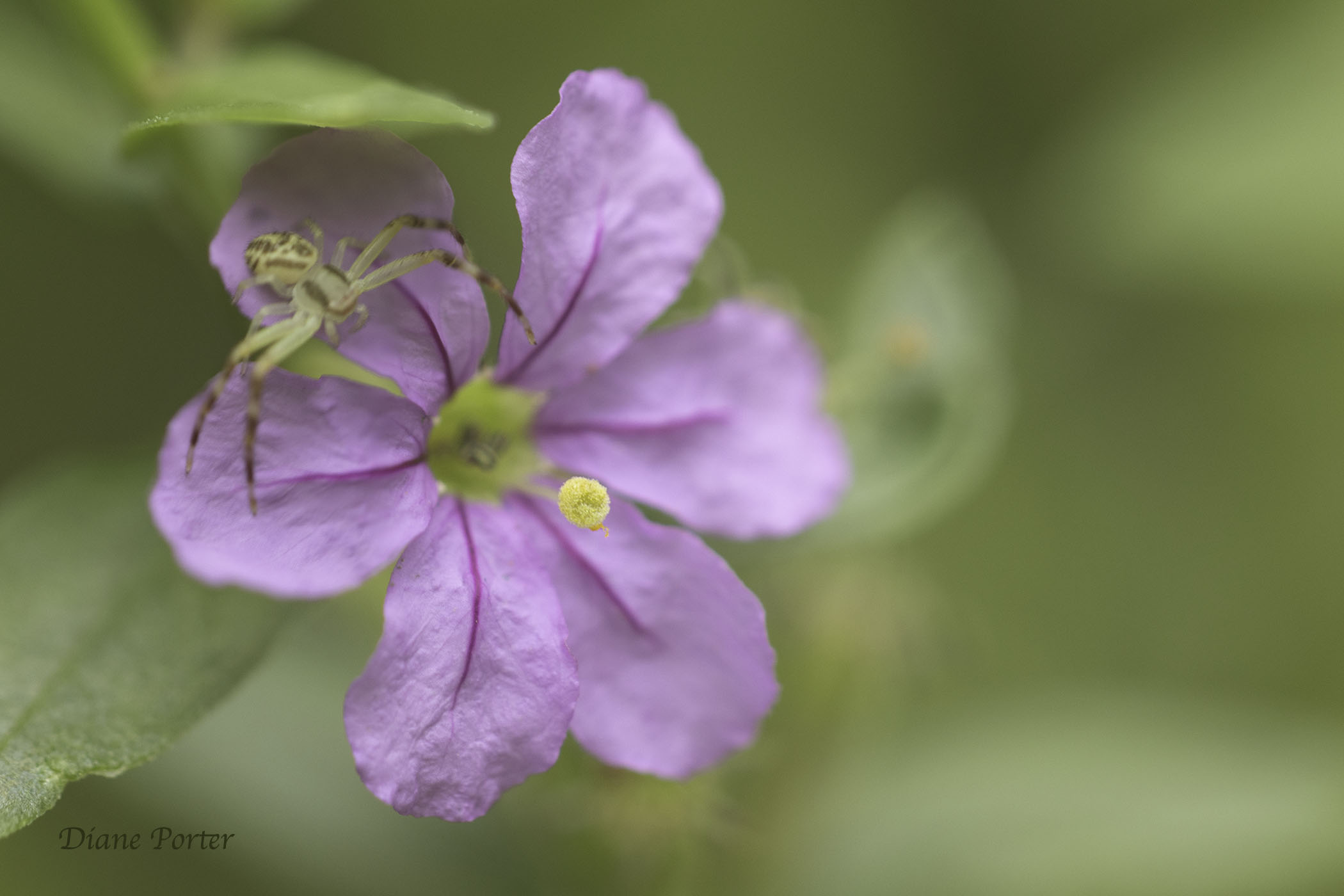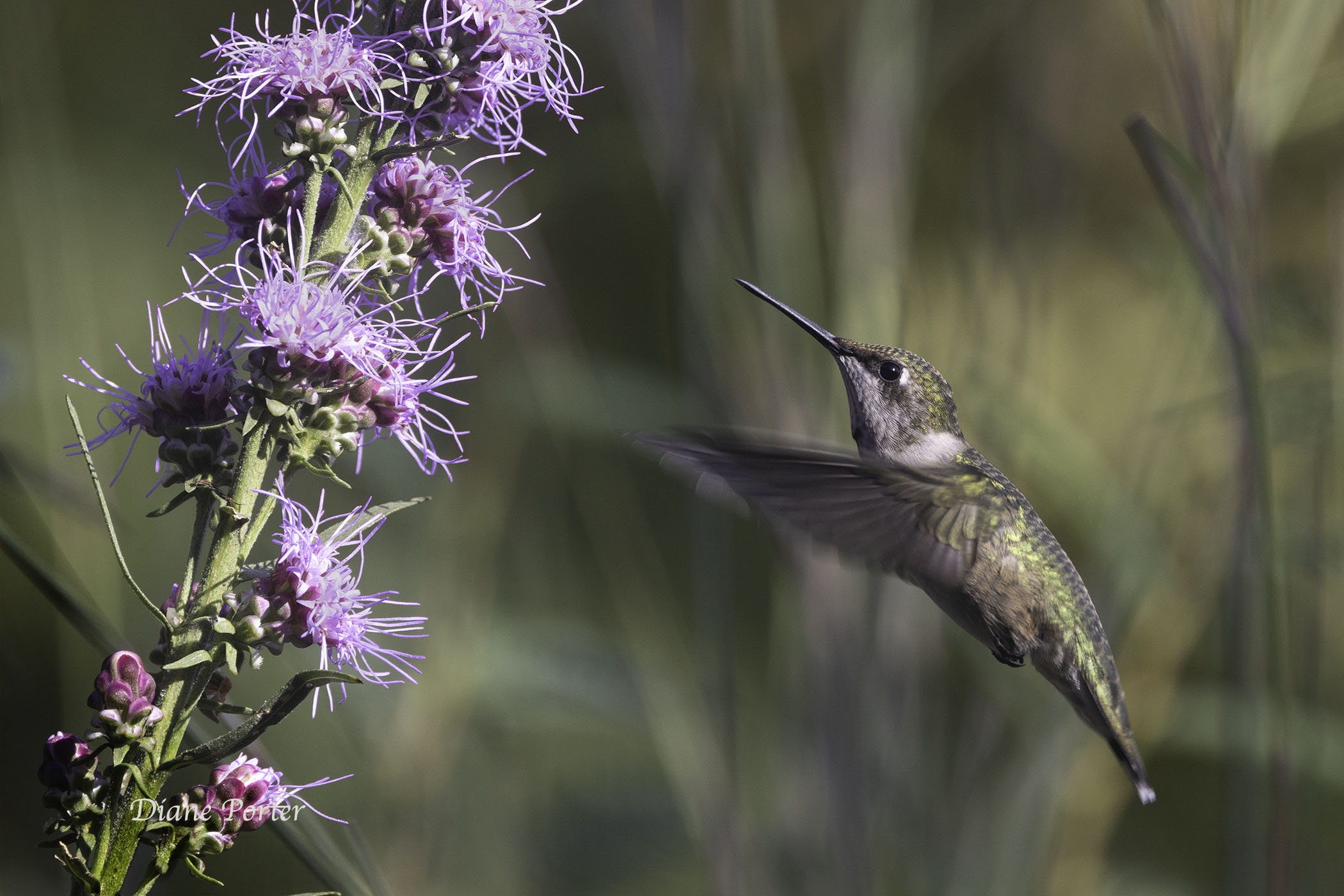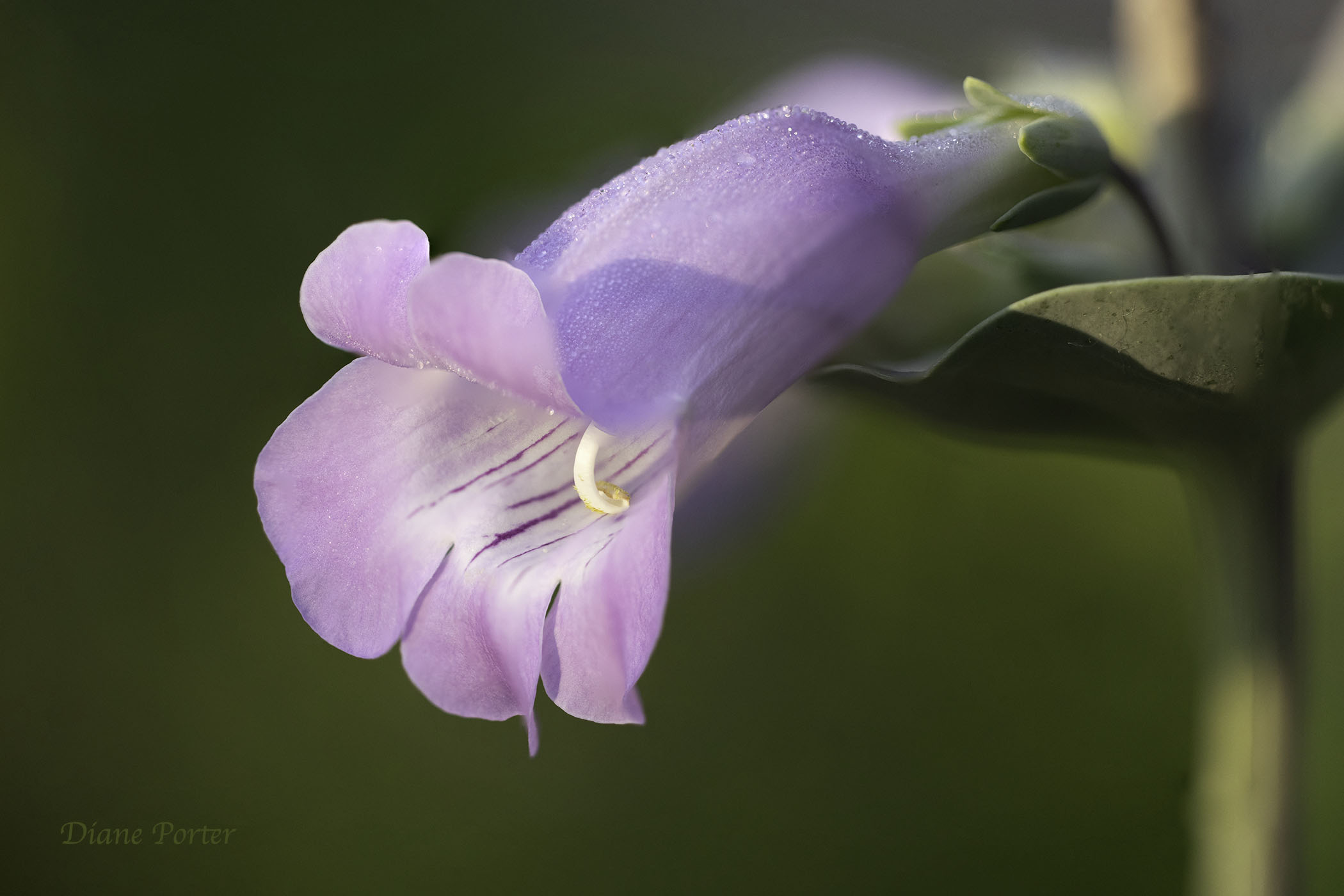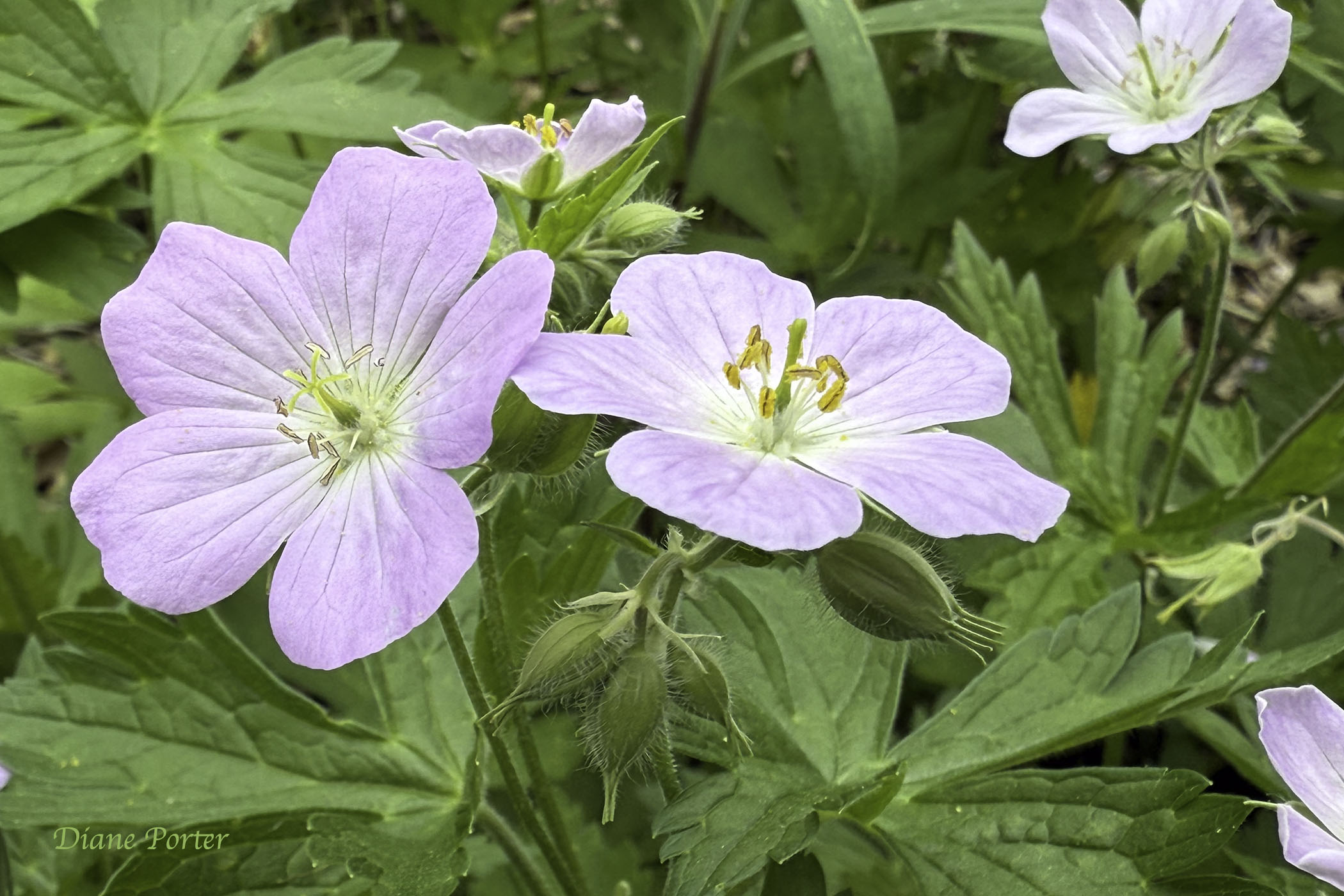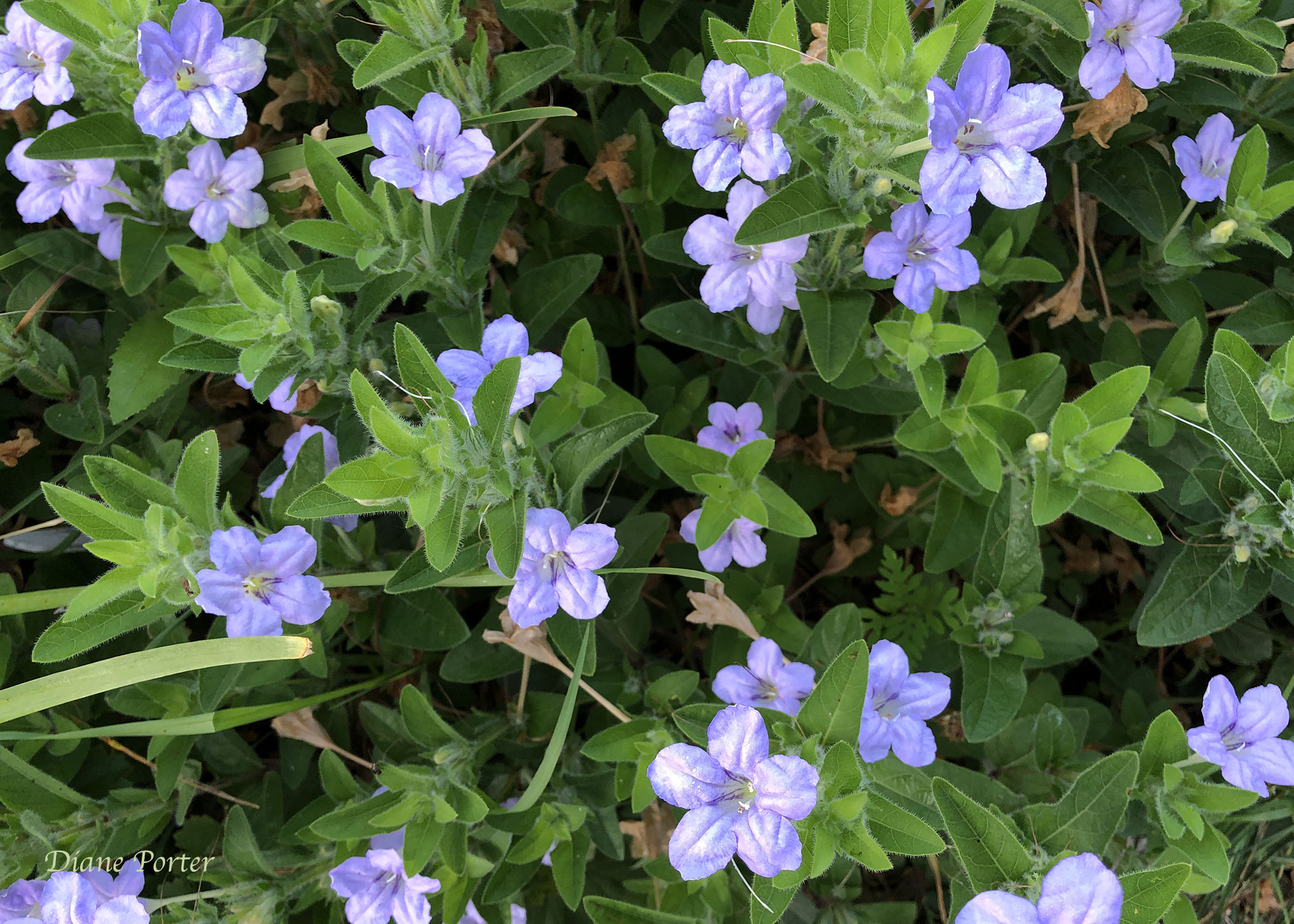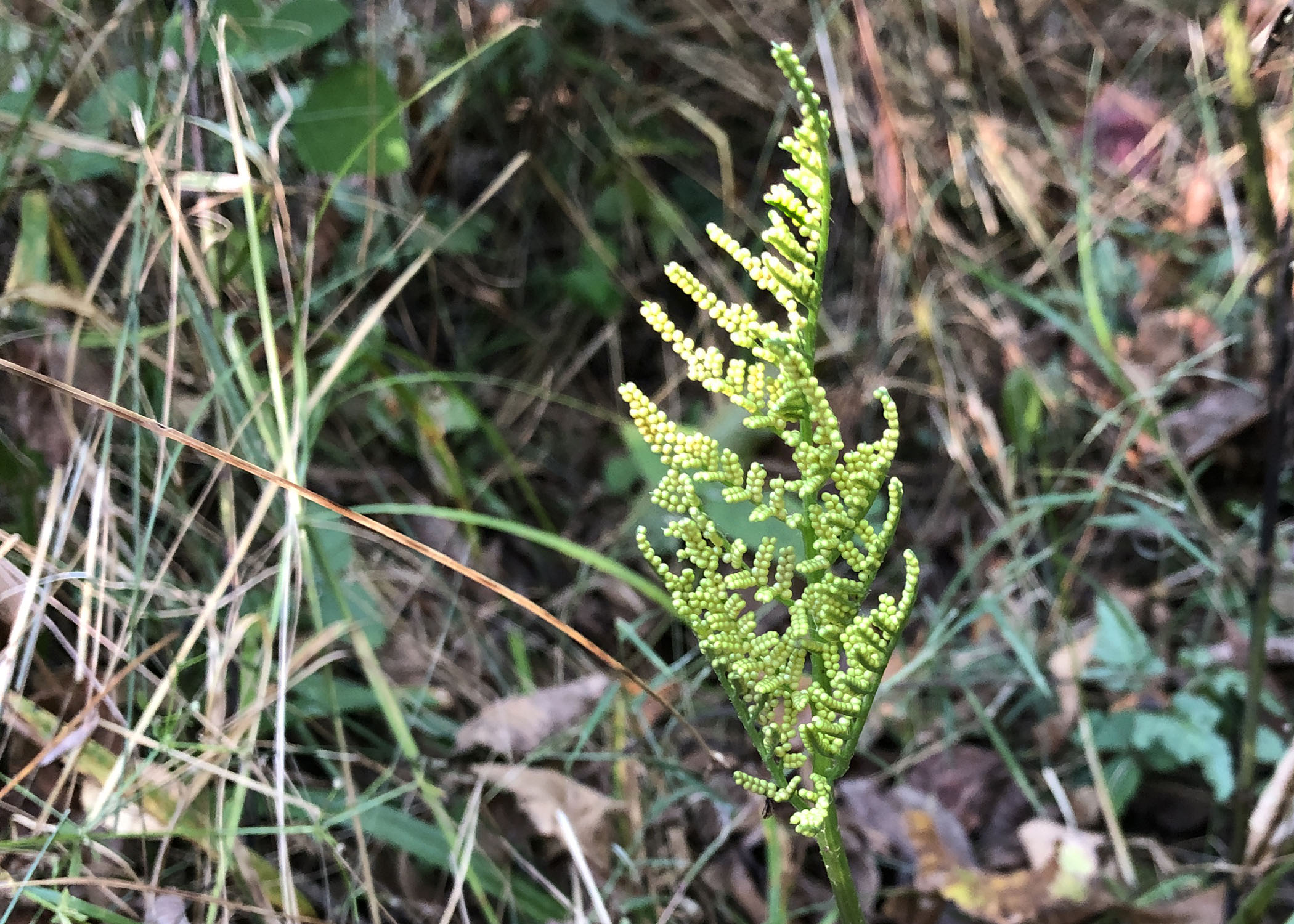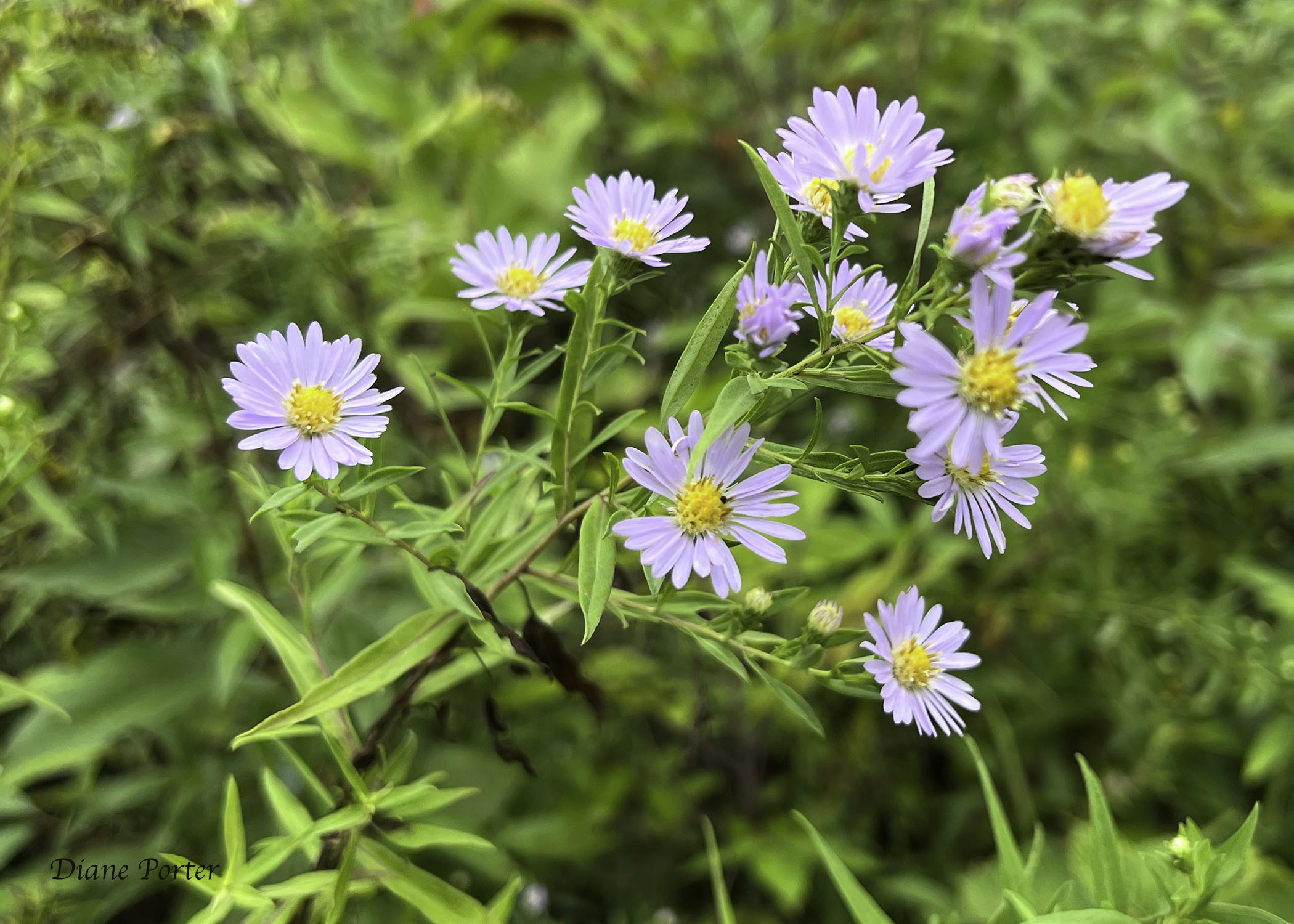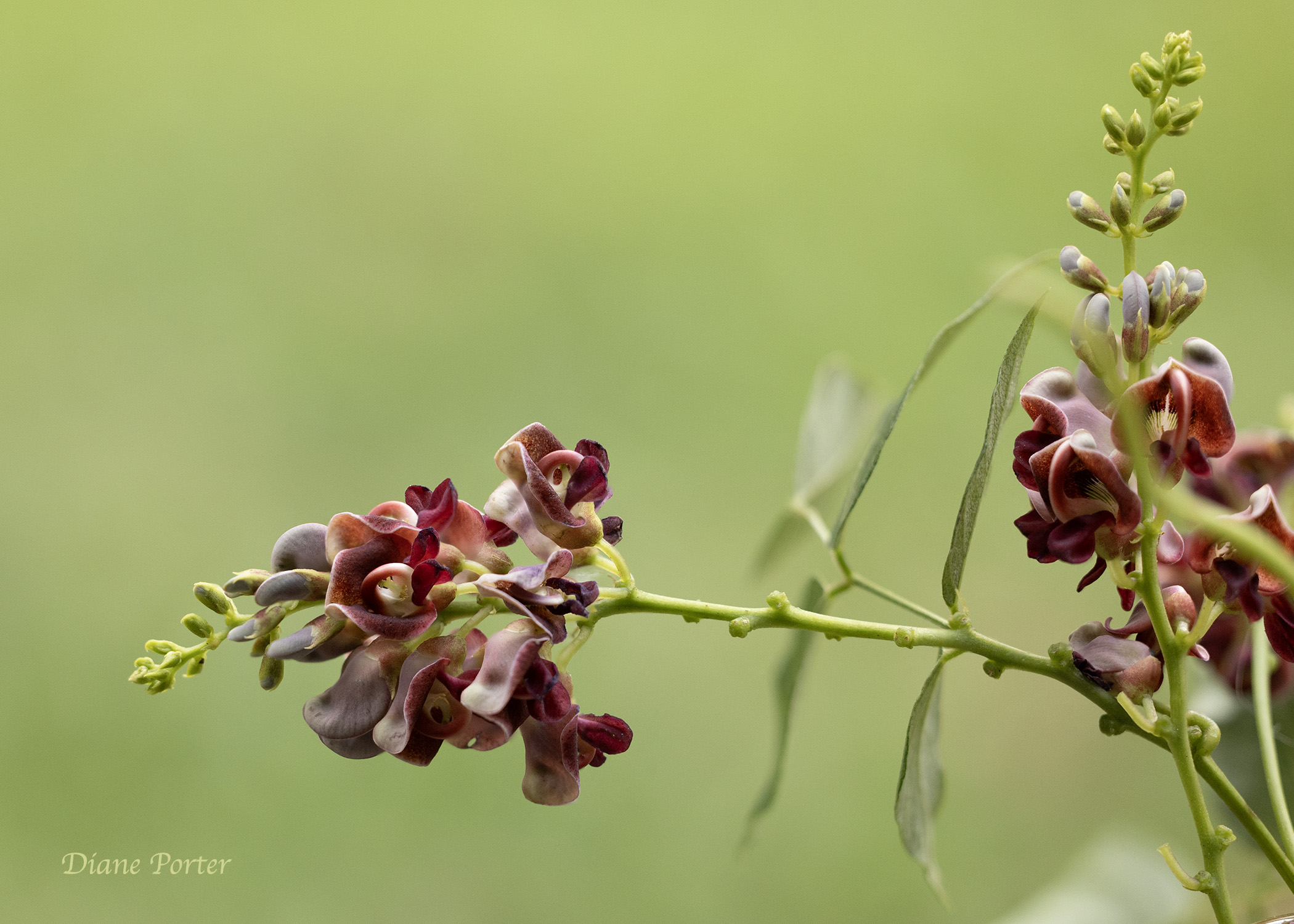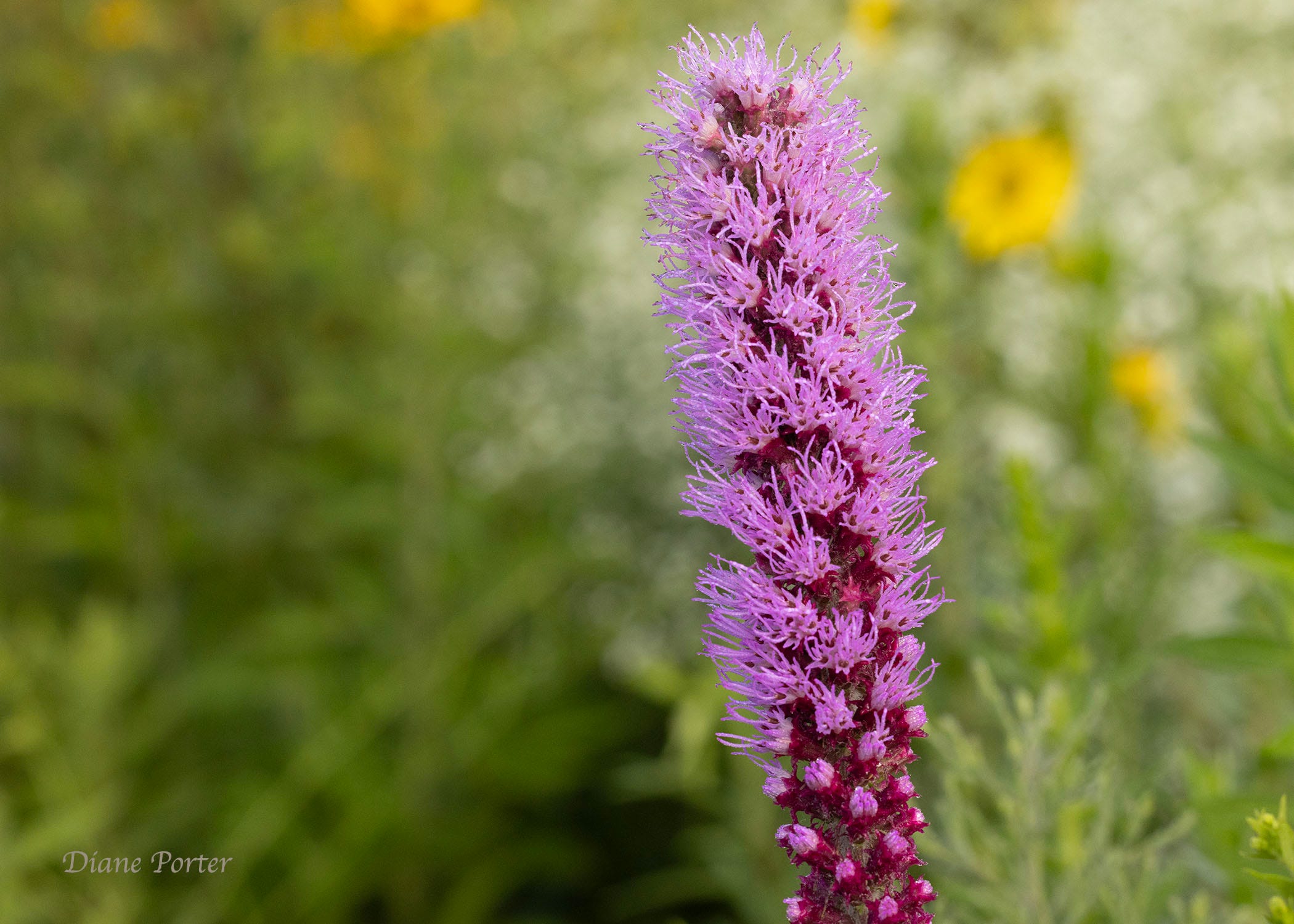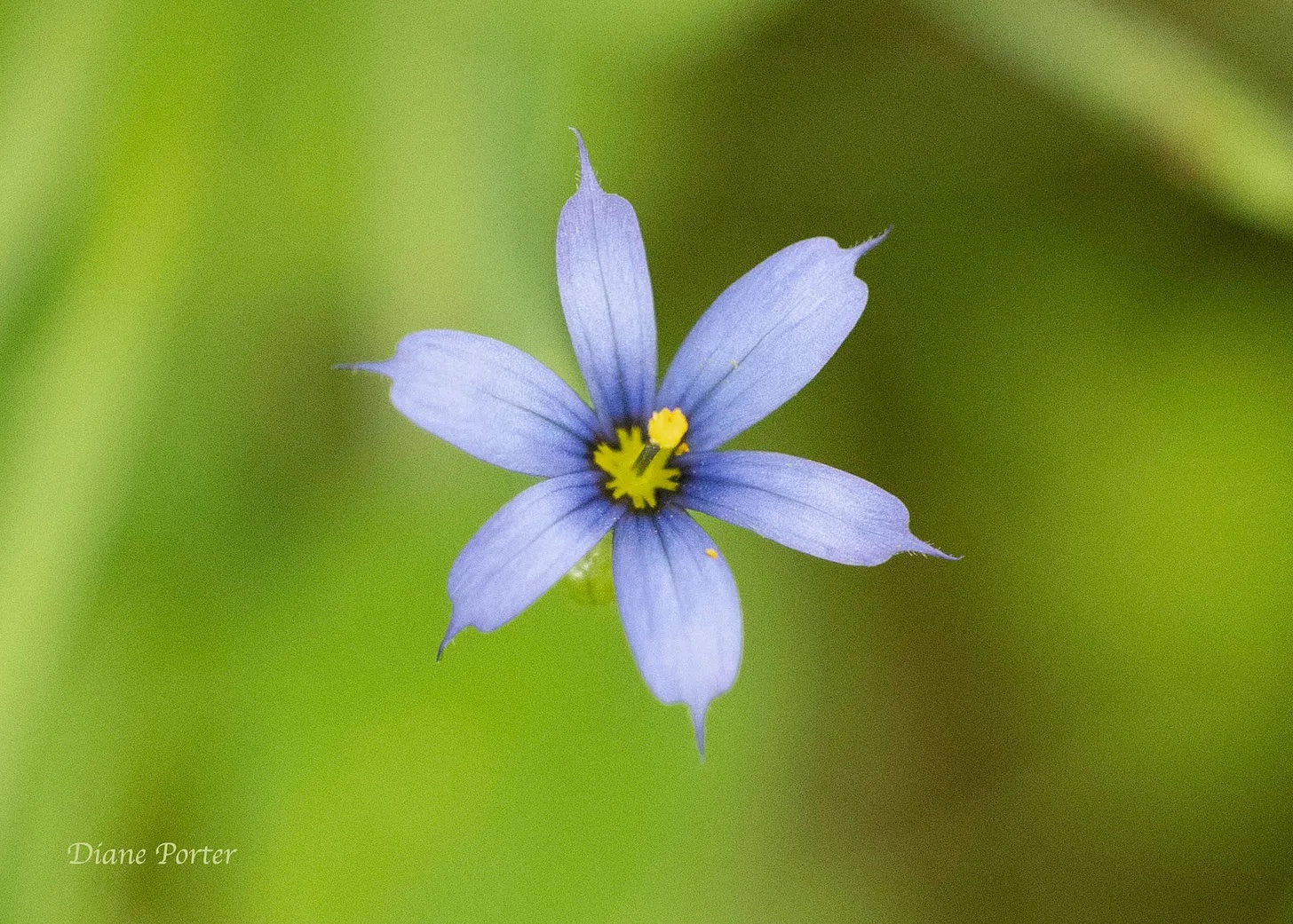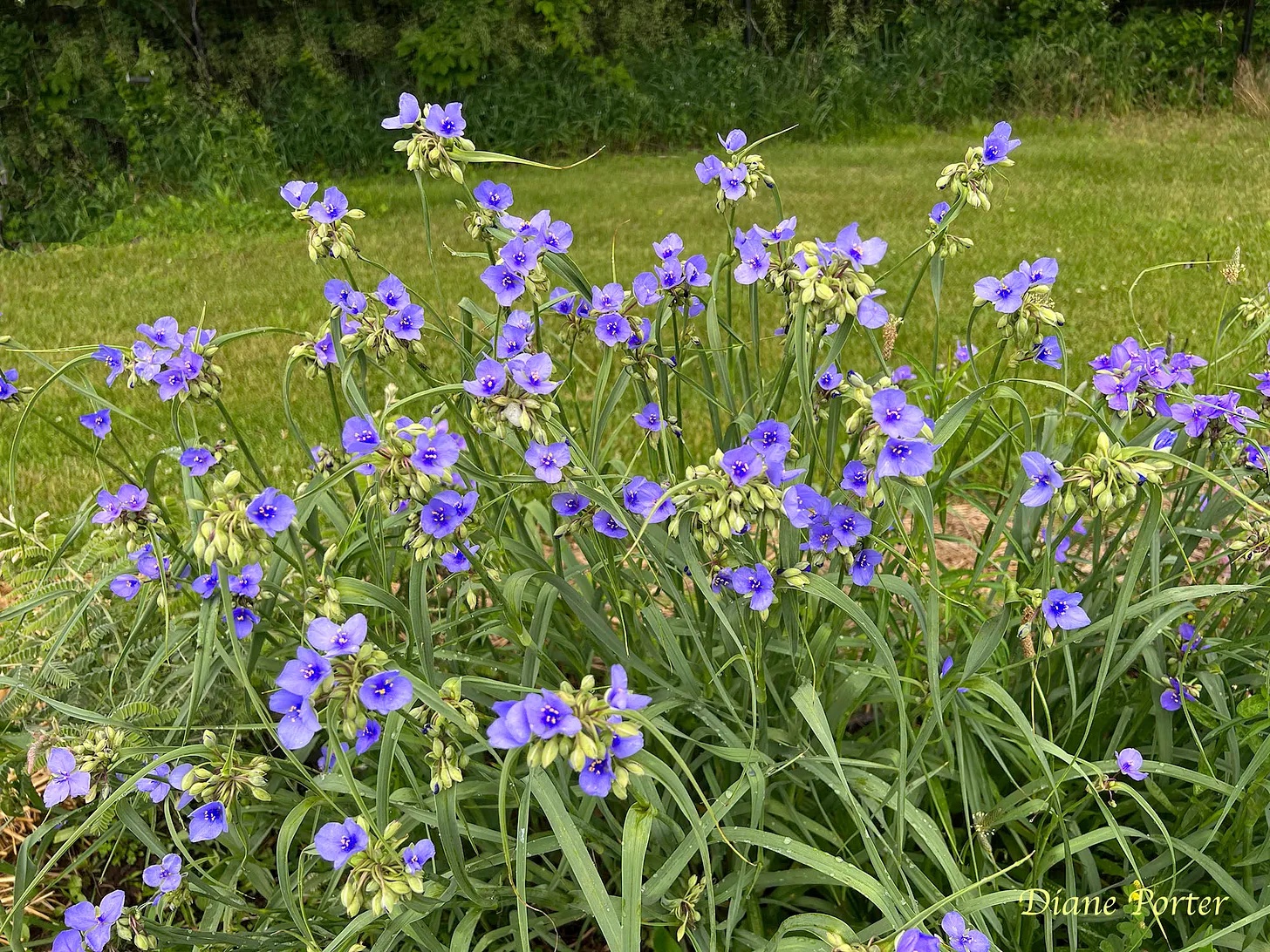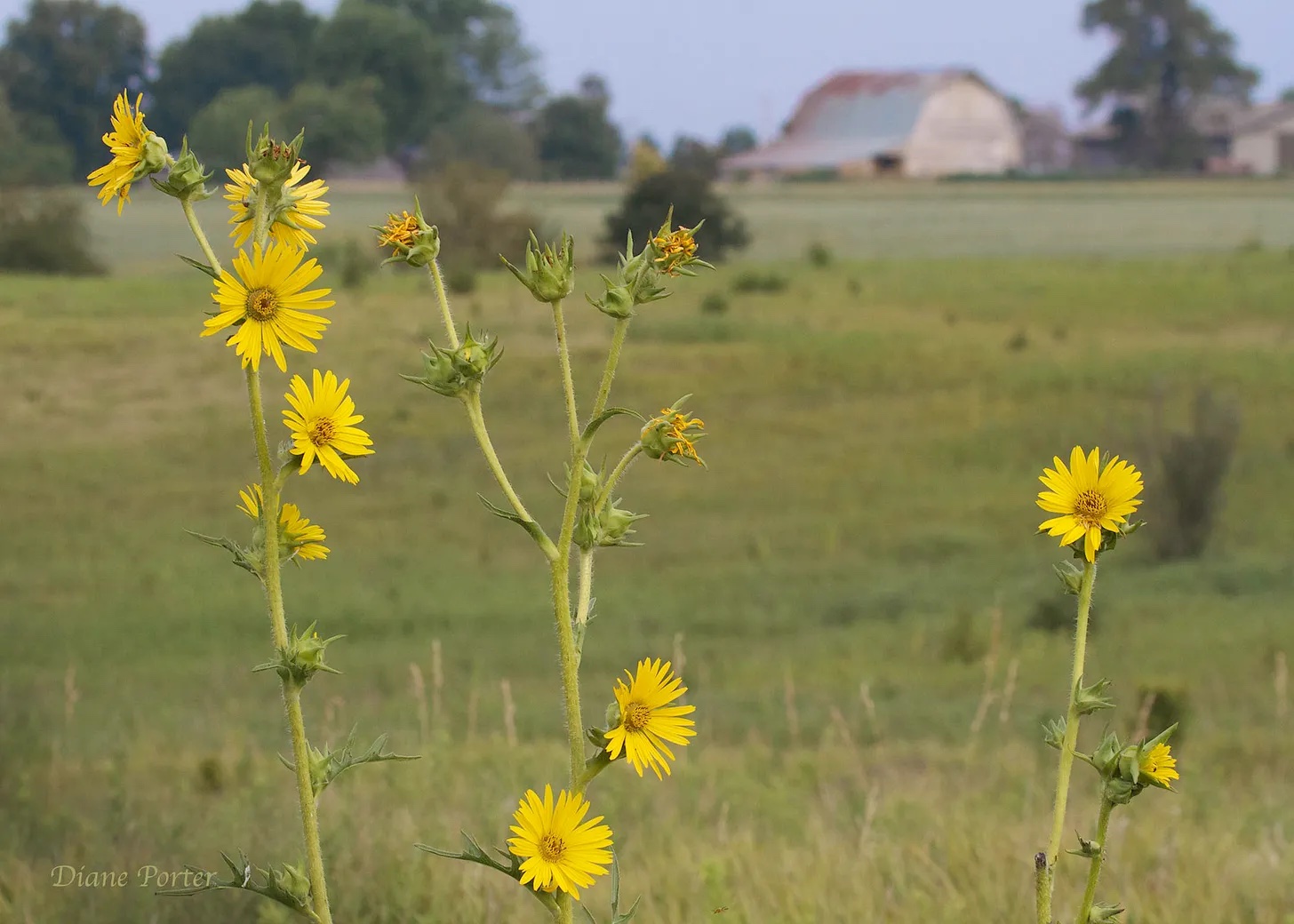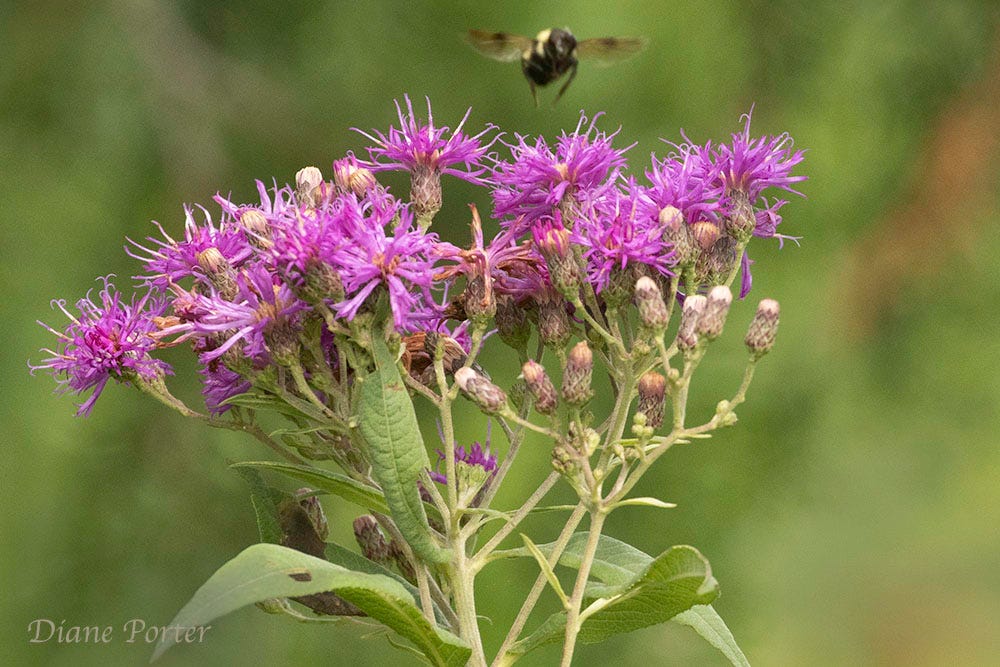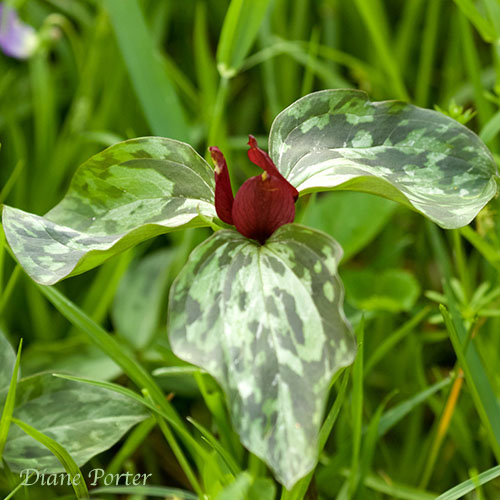Diane Porter of Fairfield first published this post in September on My Gaia, an email newsletter “about getting to know nature” and “giving her a helping hand in our own backyards.” Diane also maintains the Birdwatching Dot Com website and bird blog.
On the first full day of fall, the Blue sage (Salvia azurea) of my garden is in full bloom. Flower spikes are head high. Some are deep blue, others paler. The ones I love best are the color of an Iowa summer sky.

Down in the heart of each flower, the petals narrow and form a well. Inside, a drop of nectar pools. It is ready for a visitor, someone whose flight is powered by sugar, someone who will pollinate the blossom.
Usually it’s a bumblebee who comes. It lands on the ruffled platform of the lower petal and pushes its head into the flower, probing for sweetness with its tongue.
Continue Reading...
